Advertisement
By IS Team
10 Timeless Royal Invitation Designs That Will Dazzle Your Guests
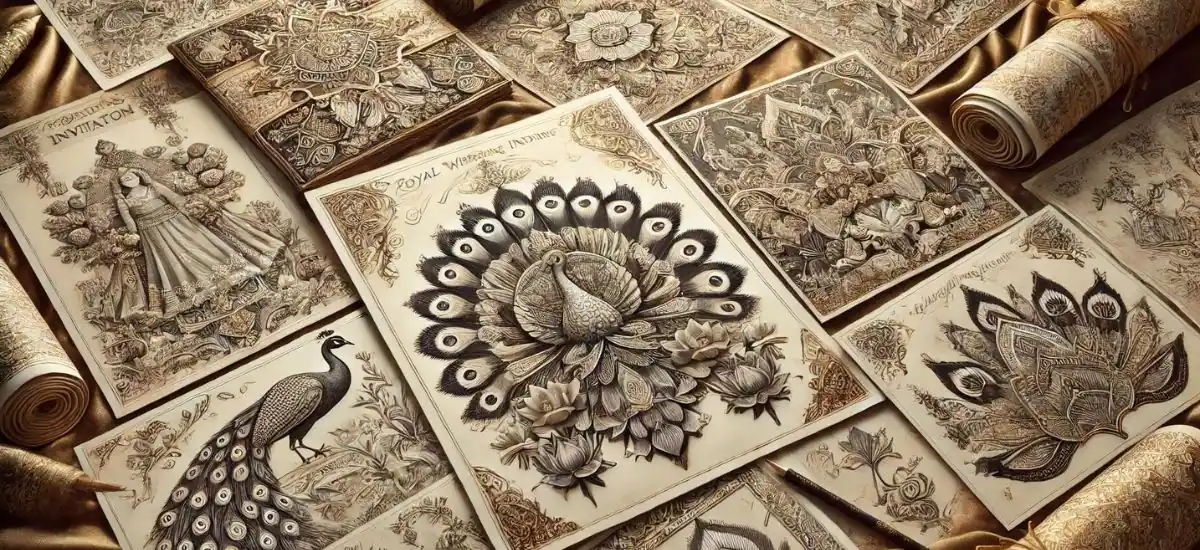
Advertisement
Invitations are more than mere paper and ink—they are the heralds of celebration, delivering the grandeur of an event directly to your doorstep.
In Indian culture, deeply infused with tradition and ritual, the importance of an invitation is especially profound. Royal invitations are not mere announcements; they are a prelude to the lavishness and splendor that await guests.
These invitations are meticulously crafted to impress and convey the rich cultural heritage of the hosts, setting the stage for an event that promises to be as memorable as the invitation itself.
The Essence of Royal Invitation Designs
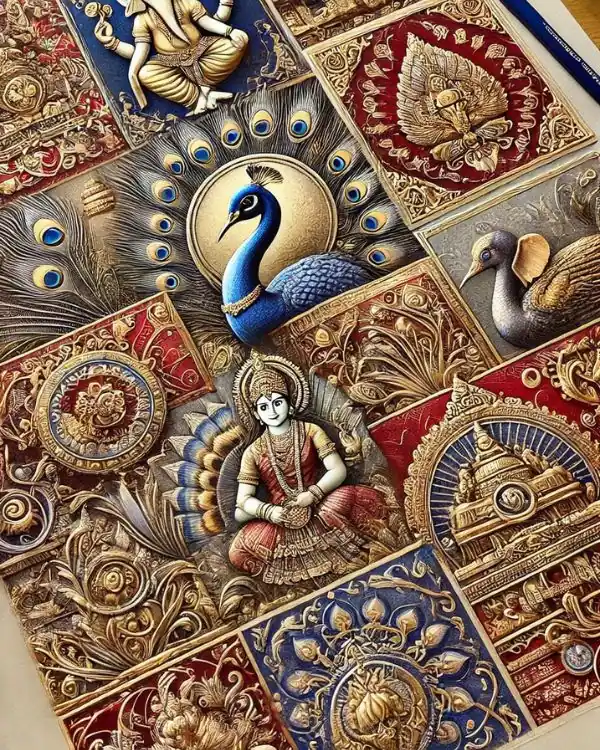
Royal invitations are not just announcements but works of art that embody India's rich cultural heritage. Each element—from motifs to colors and textures—is carefully chosen for its deep symbolic meaning and aesthetic appeal.
Key Elements of Design
Motifs: Traditional motifs like the peacock, lotus, and paisley are rich in symbolism, each representing aspects like beauty, purity, and eternity. These motifs are selected for their cultural significance, adding depth and connection to the invitation.
Colors: Colors play a vital role in setting the mood. Luxurious golds signify prosperity, while deep reds represent love and commitment, aligning with cultural values important to the occasion.
Textures: Materials like silk and velvet add a tactile dimension, enhancing the invitation’s luxury. The use of embossing or raised textures adds sophistication, reflecting the event's significance.
Importance of Cultural Symbolism
Cultural symbols are central to Royal Indian invitations. Elements like the image of Ganesh, a symbol of good fortune and new beginnings, are not just decorative but are included for their blessings and auspiciousness.
These symbols connect guests to the event’s cultural roots, making the invitation a meaningful part of the celebration.
In essence, every detail in a Royal Indian invitation—from the artistry of motifs to the richness of colors and the luxury of textures—is a celebration of cultural identity and tradition, making these invitations a cherished introduction to the event.
Top 10 Timeless Royal Indian Invitation Designs
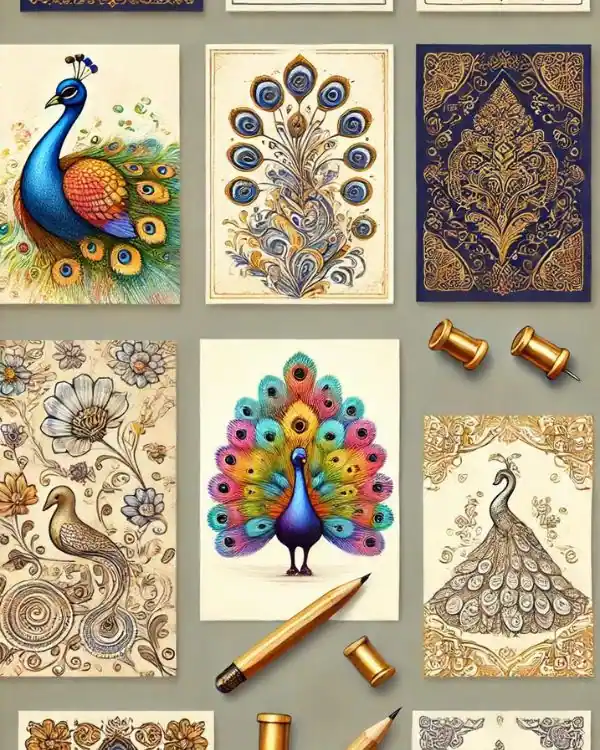
1. Classic Peacock Design
- Description: This design features the majestic peacock, often in full plume, rendered in vibrant colors and intricate details.
- Symbolism: In Indian culture, the peacock symbolizes grace, pride, and beauty, making it a popular choice for conveying the grandeur of an event.
2. Elegant Paisley Motif
- Historical Significance: The paisley motif has been a part of Indian royal artifacts for centuries, known for its distinctive droplet shape.
- Modern Touches: Incorporate contemporary color schemes or minimalistic outlines to blend tradition with modern aesthetics.
3. Opulent Gold Foil Embossing
- Techniques: Gold foil embossing involves pressing gold leaf or foil onto the invitation card for a shimmering effect.
- Ideal Events: Best suited for lavish weddings or gala events where luxury is a key element.
4. Traditional Rajput Painting Style
- Characteristics: This style features bold color palettes and intricate figurative illustrations that tell stories.
- Suitable Themes: Ideal for heritage-themed weddings or events celebrating traditional narratives.
5. Mughal Art-Inspired Invitations
- Overview: Mughal art, known for its detailed floral and geometric patterns, lends a sophisticated touch to invitations.
- Modern Adaptations: Use elements of Mughal architecture and gardens to infuse a historical yet timeless quality.
6. Intricate Jali Work Design
- Explanation: Jali's work involves carving detailed geometric patterns into materials like wood or stone.
- Contemporary Styles: Combine Jali patterns with modern materials like laser-cut metal or acrylic for a chic look.
7. Silk Scrolls with Tassel Accents
- Description: Invitations in the form of scrolls wrapped in silk, secured with elegant tassels.
- Event Suitability: Perfect for royal or traditional ceremonies, adding an element of antique charm.
8. Brocade Fabric Invitations
- Usage: Brocade, a classically luxurious fabric, is used to craft invitations that feel rich to the touch.
- Color and Pattern Tips: Opt for royal colors like maroon, navy, or emerald green with gold patterns for a regal feel.
9. Luxurious Velvet Touch
- Appeal: Velvet invitations are all about lush, deep textures that speak of opulence.
- Care Tips: Store in a cool, dry place and handle with care to avoid creases and maintain their plush look.
10. Royal Elephant Motifs
- Significance: Elephants are revered in Indian culture for their wisdom and power and are symbolic of royalty.
- Stylish Application: Use subtle elephant motifs in the border or seal to add a royal touch without overwhelming the design.
Each of these designs not only enhances the aesthetic appeal of your invitation but also connects your guests to India's rich cultural tapestry, making your event memorable even before it begins.
Incorporating Personal Touches
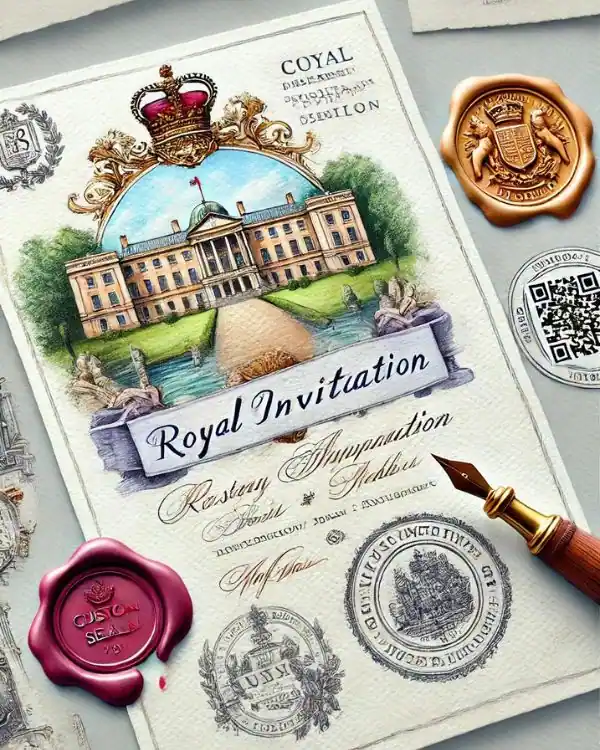
Adding personal touches to royal invitations can transform them from beautiful to uniquely memorable. Here are some creative ways to personalize your invitations:
Adding Monograms
Custom Monograms: Design a monogram combining the host's initials. Use it on the invitations and other event details like menus and thank you cards.
Style and Fonts: Choose fonts that reflect the formality and theme of your event, from elegant scripts to classic typefaces.
Custom Seals
Wax Seals: Use a wax seal with a family crest or meaningful symbol to add a touch of old-world charm and make each invitation feel special.
Color Coordination: Match the wax color to your event theme, or choose a contrasting color for a standout effect.
Bespoke Artwork
Commission Artwork: Have an artist create custom artwork that reflects elements of your event location or personal story, like a watercolor of the venue or a graphic representation of the couple’s journey.
Local Elements: Include stylized elements significant to the event’s location, such as local flora, fauna, or architecture.
Interactive Elements
- QR Codes: For a modern twist, incorporate a QR code in your design that leads to more details about the event or a personal welcome message.
Thoughtful Details
- Handwritten Notes: Add a personal note in each invitation to express excitement about the guest’s attendance, enhancing the warmth of your invitation.
By integrating these personal elements, your royal invitations will not only impress but also create a lasting connection with your guests, making your event truly unforgettable.
Selecting the Right Typography
Choosing the right typography for your royal invitations is crucial for setting the tone and aligning with the event's elegance. Here are some focused tips on selecting fonts that complement the royal theme while ensuring readability and aesthetic harmony.
Tips for Choosing Fonts
Elegant and Classic Fonts: Opt for timeless, sophisticated fonts. Script or classic serif fonts are ideal for a royal theme, blending beauty with formality.
Font Pairing: Combine a decorative font for headings with a simpler font for body text to balance ornate design and readability.
Consistency: Maintain the same one or two fonts throughout your invitation suite for a cohesive look.
Importance of Legibility and Aesthetic
Readability: Prioritize readability, especially for essential details like date and time. Avoid overly embellished fonts for critical information.
Aesthetic Alignment: Ensure the fonts reflect the event's aesthetic. Select fonts that enhance the theme without overwhelming the design.
Testing: Print a sample to see how the fonts appear on paper, as some may look different than they do on screen.
By carefully choosing and testing your typography, you ensure that your invitations are not only visually appealing but also practical, making a lasting impression on your guests.
Etiquette Tips for Royal Invitations
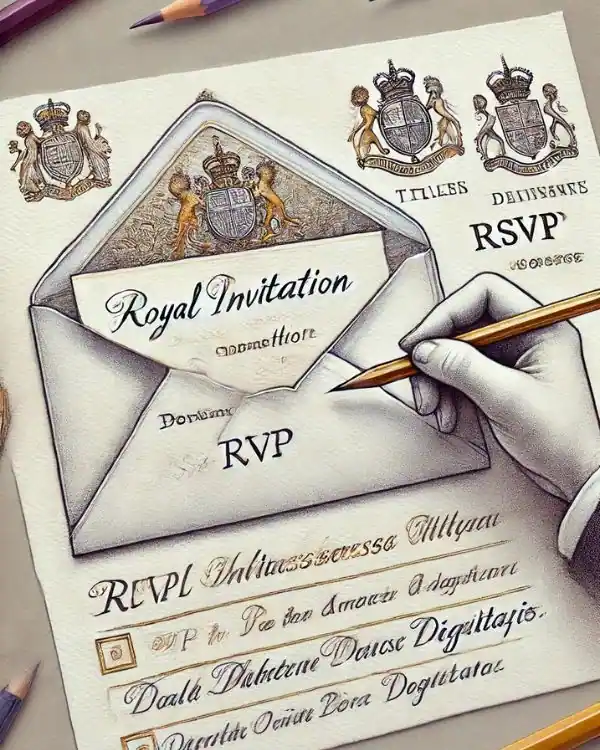
Proper etiquette is crucial for royal invitations to maintain formality and show respect.
Wording Guidelines
- Formal Language: Use phrases like “The honor of your presence is requested.”
- Detailed Information: Clearly state the event type, date, time, venue, and dress code. Fully write out all details including dates and times.
Addressing Guests
- Use Titles: Apply appropriate titles (Mr., Mrs., Dr.) and full names. Address dignitaries with their correct titles.
- Couples and Families: For married couples, use “Mr. and Mrs. John Smith.” For families, add “and Family” if children are invited.
RSVP Instructions
- RSVP Request: Include a polite request for an RSVP by a specific date, like “Please respond by October 1.”
- Provide Contact Options: Offer clear contact methods such as a phone number or email.
These concise guidelines ensure your invitations are appropriately formal and respectful, setting the right tone for your event.
Frequently Asked Questions
FAQ 1: Can I include digital elements in a royal invitation?
Answer: Yes, integrating digital elements like QR codes for event details or virtual welcomes can modernize a royal invitation while maintaining its traditional elegance.
FAQ 2: What is the best way to ship royal invitations to ensure they arrive in perfect condition?
Answer: Use sturdy, elegant packaging and consider mail services that offer careful handling and delivery tracking to ensure invitations arrive in pristine condition.
FAQ 3: How far in advance should royal invitations be sent out?
Answer: For formal events, it's best to send out invitations at least 8-12 weeks in advance to give guests ample time to arrange their schedules and make travel plans if necessary.
FAQ 4: Is it appropriate to request a dress code on a royal invitation? Answer: Yes, specifying a dress code is appropriate and helps ensure that guests are comfortably in tune with the event’s level of formality and style.
Advertisement
I'm Looking For!
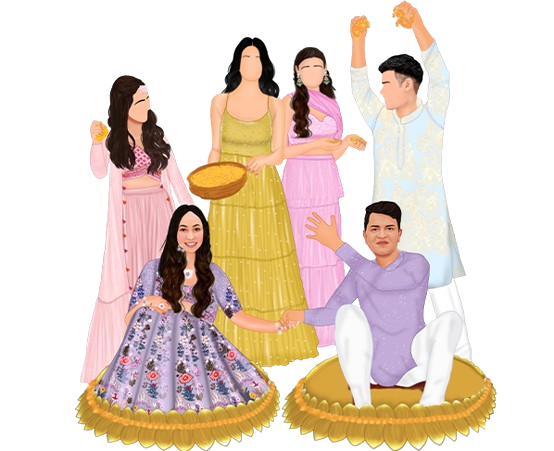



.png)
.png)
.png)

